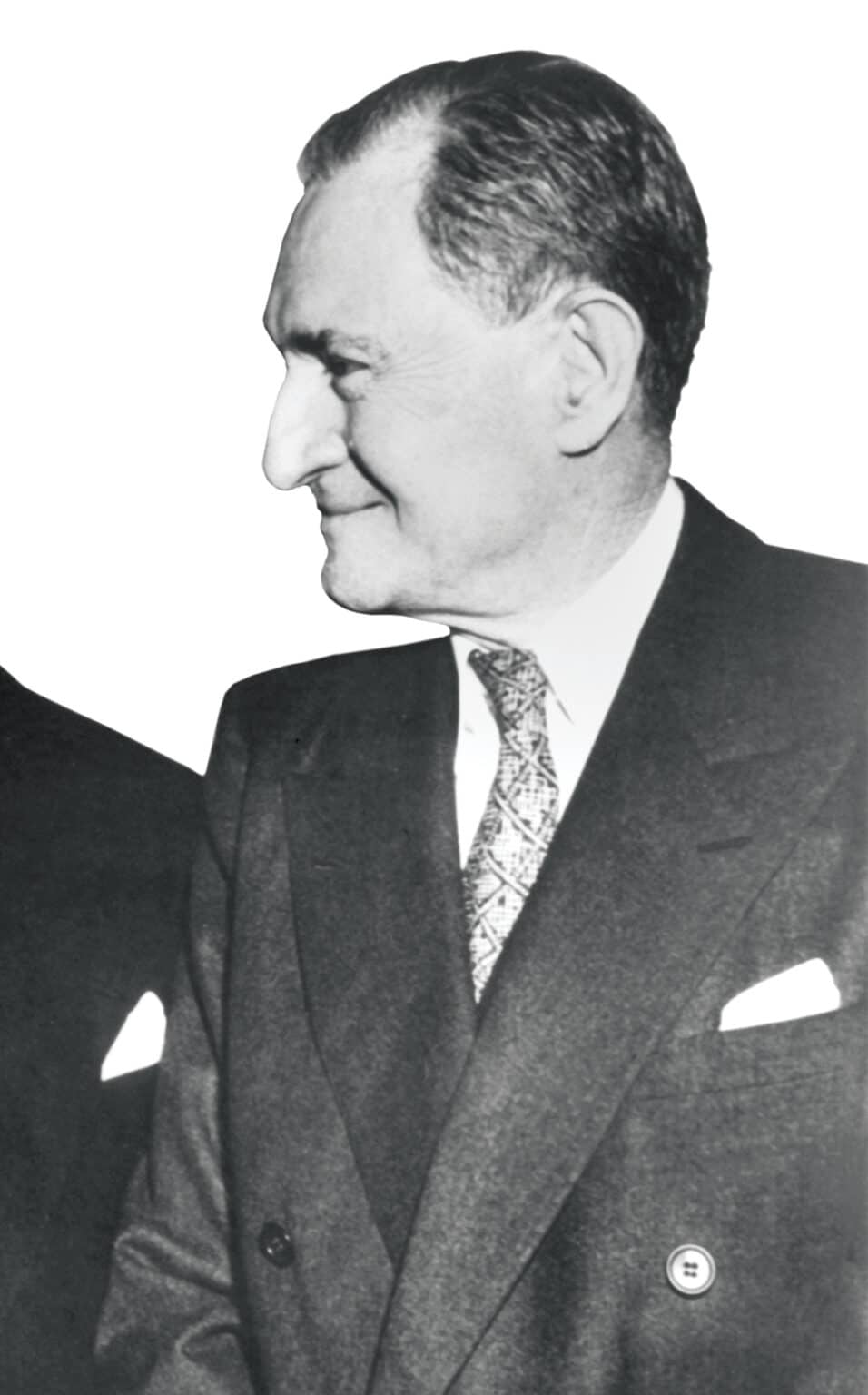RESOURCES
PEOPLE
T. Justin Moore
UNKNOWN DATES
T. Justin Moore was a powerful Richmond attorney whose influence reached deep into Virginia’s legal and political circles during one of the most turbulent periods in the state’s 20th-century history. As a senior partner in the prestigious law firm Hunton, Williams, Anderson, Gay & Moore, Moore became a behind-the-scenes strategist during Virginia’s response to Davis v. County School Board of Prince Edward County—a case that would become part of the landmark Brown v. Board of Education Supreme Court decision in 1954.
Though not a courtroom advocate in Davis, Moore played a pivotal role in shaping how Virginia’s legal establishment responded to federal desegregation mandates. Trusted by judges, legislators, and state officials, Moore was often called upon for counsel as Virginia wrestled with how to preserve its traditions in the face of mounting legal and social pressure.
Moore’s voice carried weight at a time when Virginia’s leadership was sharply divided. He advised caution and legal prudence, advocating for strategies that acknowledged the authority of the Supreme Court while still seeking to delay or limit integration. His position stood in contrast to the more aggressive stance taken by Governor J. Lindsay Almond, a political ally who adopted the policy of “Massive Resistance”—including the closing of public schools rather than allowing them to integrate.
While Moore never publicly opposed the state’s segregationist policies, his private influence revealed a man trying to steer Virginia toward constitutional compliance without open rebellion. In doing so, he helped define the moderate legal response that coexisted uneasily with Virginia’s more defiant actions during the school desegregation crisis.
Moore was aware of the legal boundaries that segregationist policies would ultimately breach. His role in the Davis case and his counsel to Virginia leaders highlight the tensions within the state’s white leadership—between resistance and the rule of law, between preserving tradition and accepting change.
